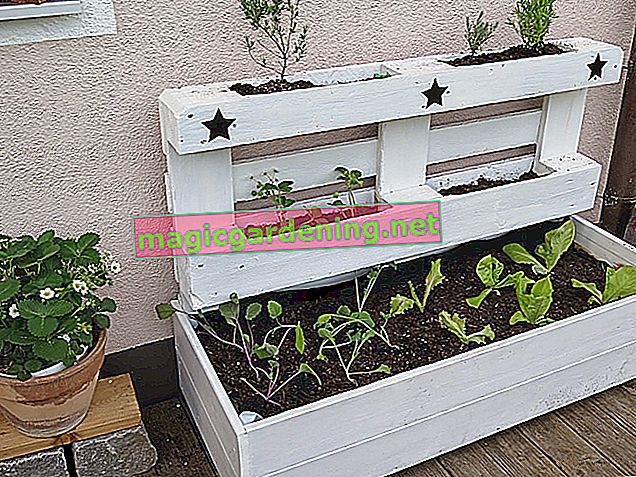
Blossom poverty due to wrong winter quarters
The African lily is cultivated in this country in evergreen and leaf-feeding species. All the different species of the African lily are best overwintered at a temperature between 0 and 7 degrees Celsius. While lower temperatures can mean the end of ornamental lilies, too warm winter quarters can lead to a blossomless season next summer. So choose the right room to hibernate by carefully checking the even temperature there with a thermometer.
also read
- Caring for the African Lily: To cut or not?
- Hibernate the African Lily: cut off the leaves or not?
- Caring for the African Lily correctly: cut off the flowers or not?
Decorative lilies only bloom with sufficient nutrients
In the case of ornamental lilies, there can be different reasons for a lack of nutrients and the resulting lack of flowers:
- lack of fertilization
- a well-rooted pot and, as a result, little substrate
- the exhausting formation of seeds
Between April and August you can fertilize your African lily with a special leaf fertilizer or ordinary complete fertilizer over the soil. Since the roots of ornamental lilies spread strongly over the years, the planter may become completely rooted. In such a case, you should make a multiplication division when repotting in the spring. Wilted inflorescences should always be cut off immediately, otherwise the maturity of the seeds consumes a lot of growth energy.
Give the ornamental lilies enough time after dividing them
Immediately after the division it can happen that ornamental lilies do not bloom again in the first and second year. This is quite normal and should not unsettle you or motivate you to overfertilize the plants. Therefore, always choose the planter large enough so that you don't have to divide and repot the plants as often.
Tips & Tricks
The planters should be sufficiently large for the African Lily, but a certain tightness also stimulates the flowering potential. Therefore, try to find a balance between a long, undivided period of time in a pot and the need of the plants for close-fitting roots.








